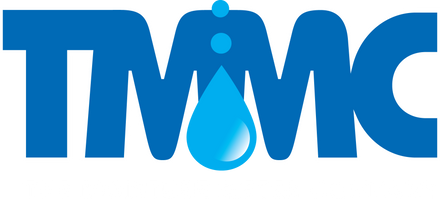Introduction to water activity for food quality
For a cheap ingredient, water can cause a lot of expensive problems–microbial growth, mold, loss of texture, caking and clumping, rancidity, vitamin loss. The best way to understand water in your product is by learning how to measure water activity.
What is water activity (aw)?
Water activity: it’s all about energy. Aw is the ratio between the vapor pressure of the food itself, when in a completely undisturbed balance with the surrounding air media.
Take a glass of water and a dry sponge. Dip the corner of the sponge into the glass of water. The water will move from the glass into the sponge.
Water activity is the force that causes the water to move into the sponge. To understand it better, think about how the water in the sponge is different from the water in the glass.
The water in the glass is free, but the water in the sponge is anything but free. It’s bound by hydrogen bonds, capillary forces and van der Waals–London forces. These are called matrix effects. The water in the sponge has a lower energy state than the water in the glass. Water will flow into the sponge, but to get it back out, we must do work by squeezing the sponge.
The water in the sponge has a lower vapor pressure, lower freezing point, and higher boiling point than the water in the glass. They are different in ways we can measure and quantify.
Water’s energy can also be decreased by diluting it with solutes. These are called osmotic effects. Since work is required to restore the water to its pure, free state, this also reduces the water activity. The total change in energy is the sum of matric and osmotic effects.
Use the math to measure aw
If we enclose a sample in a sealed container, the relative humidity of the air in the headspace will equilibrate with the water activity of the sample. At equilibrium, the two will be equal, and we can measure the relative humidity of the headspace to know the water activity of the sample. This is the most reliable answer to the question of how to measure water activity.
Secondary methods: hygrometers, capacitance sensors
Like early water activity meters, most modern instruments use electrical capacitance or resistance hygrometer sensors to measure humidity in the headspace above the sample.
These meters use secondary methods: they relate an electrical signal to relative humidity and must be calibrated with known salt standards.
With these sensors, the ERH is equal to the sample water activity only as long as the sample and sensor temperatures are the same. Accurate measurements require good temperature control or measurement. Capacitance sensors use a simple design and are often used in relatively inexpensive water activity meters.
How to measure water activity – Dew point is a primary method
The best methods that answer the question of how to measure water activity (aw) are primary methods that use the ratio p /p0.
P0 (the saturation vapor pressure) depends only on the temperature of the sample (as shown in the accompanying graph), so it’s possible to measure p0 by measuring the temperature of the sample. P (the vapor pressure of the water in the sample) can be measured by measuring the vapor pressure of water in the sealed head space above the sample. The most accurate way of measuring that vapor pressure, and one that goes back to first principles, is to measure the dew point of the air.

Figure 1. It’s possible to measure saturation vapor pressure by measuring the temperature of the sample (Saturation vapor pressure is temperature dependent)
Primary method means direct measurement, no calibration
The major advantages of the dew point (or chilled mirror dew point) method are speed and accuracy. The chilled mirror dew point sensor is a primary measurement method based on fundamental thermodynamic principles. Chilled mirror water activity meters make highly accurate (±0.003aw) measurements, typically in about 5 minutes. Since the measurement is based on temperature determination, no calibration is necessary. Users should measure a standard salt solution to verify proper functioning of the instrument. For some applications, the speed of this method allows manufacturers to perform at-line monitoring of a product’s water activity.
A powerful measurement for QA/QC and formulation
Water activity is a thermodynamic measure of the energy of water in a product. Why should your company learn how to measure water activity? It is directly related to the microbial susceptibility of food products. It also has direct relationships with many of the reactions that end shelf life in foods. Because it is measured on a scale with a known standard, it is particularly well suited to being a safety and quality specification.

